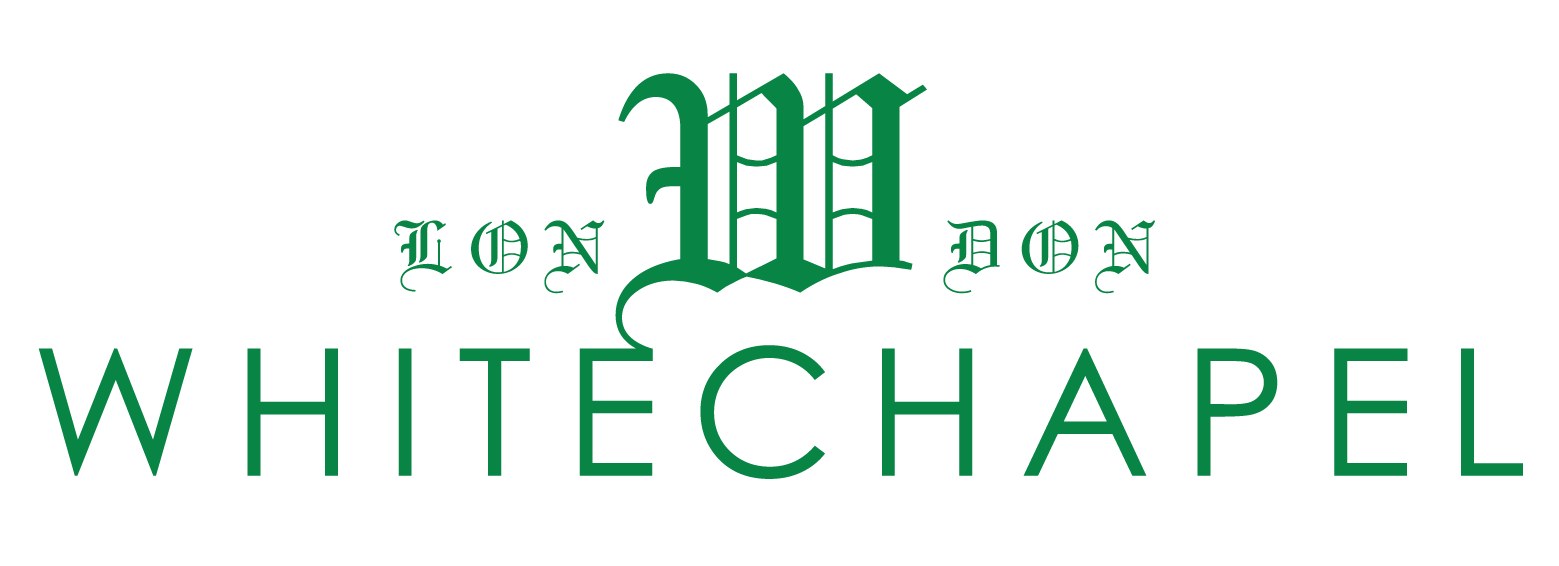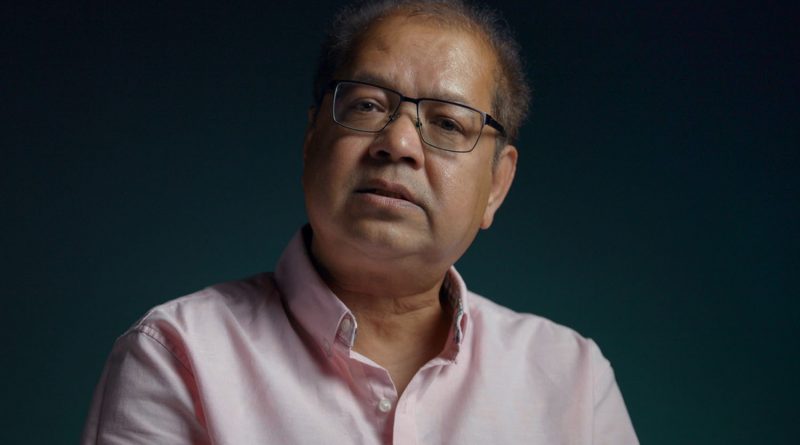“Enough is enough”: Channel 4 Documentary on how Brick Lane’s Bangladeshi community stood up to the National Front
A new Channel 4 documentary airing this week uncovers how Britain’s Asian community stood against the far right in the 70s and 80s, illuminating the voices of those who fought on the frontline from Bradford to Brick Lane.
If you walk to the south end of Brick Lane and cross Whitechapel Road, you’ll arrive at Altab Ali Park, named in memory of the young Bangladeshi garment worker who was murdered in a racist attack on Brick Lane in May 1978.
On the same day that Ali was killed, forty-one National Front candidates were standing in local elections in London and across the UK. For the Bangladeshi community in Brick Lane, his murder marked a culmination of the racial hostility, abuse and violence that dogged their everyday existence by the late 1970s.
It was an event that changed everything. Ten days after Ali’s death, seven thousand people gathered in Brick Lane to march behind his coffin to Hyde Park. It sparked a summer of unprecedented resistance that became known as ‘The Battle for Brick Lane’, which saw thousands take to the streets to protest against the racism and violence of the far-right and to demand greater rights and protection from the state.
The people and politics behind this remarkable history have been brought to life in a new documentary series airing this week on Channel 4. Defiance: Fighting the Far Right is a long-overdue account of how Britain’s Asian community mobilised against the National Front’s campaign of violence between 1976-1981 – told purely through the voices of those who lived through it.
The first two episodes recount seminal events in Brick Lane and Southall, including the death of Altab Ali and anti-racist activist Blair Peach, who was killed by a police officer at a protest against the National Front in April 1979. The series crescendos in the third episode with the story of the Bradford 12, a group of South Asian activists arrested and eventually acquitted for trying to defend themselves and their community from racist attacks.
The events are shown in motion through extensive archival footage and imagery from the front-line, showcasing the power and momentum of the movement as well as the brutality that protesters faced at the hands of the police. Interspersed with stories and images of everyday day life, we’re given an unprecedented insight into what life was like for British Asian communities during these years.
It’s the stunning, and at times incredibly emotional, first-hand testimonies which make the documentary such a ground-breaking feat. In the first episode, we hear the moving account of one of Altab Ali’s friends, who recalls his conversation with Ali on the street just minutes before he was attacked by racist thugs. Another contributor remembers growing up in Walthamstow, when the wife and children of Yunus Khan, who were close family friends, were murdered in an arson attack whilst asleep in their home.
The testimonies illustrate how these events galvanized community action, and helped forge a nationwide youth movement that brought activists from different South Asian communities together under one banner. One resident describes how a meeting was held at the mosque on Brick Lane shortly after Ali’s murder, where it was decided that enough was enough. The community had to fight back.
Anoop Pandhal, the series producer, says it was imperative that the film relied directly on the voices of the people who were there, and that it was made by people who shared the same history.
‘Traditionally our stories are always told by other people, from the outside looking in […] Authenticity was very important to give contributors a voice. To have a South Asian team behind it gave them more confidence to talk. We’re not using commentary, we’re not using narration, this is all just raw voice.’
She says it was also important that the series didn’t only document the stories of those who fought tooth and nail on the frontline – but gave a platform to the ordinary people who were witness to these extraordinary events.
‘We didn’t want it to be one-dimensional and only activist voices. It was really important to get women’s voices, who weren’t necessarily on the streets but they were there. They were living the same history.’
By the autumn of 1978, the National Front had been driven out of Brick Lane and forced to relocate elsewhere. But the legacy of the community’s actions transcended this local victory. The resistance of British Asian communities during this period was instrumental in advancing the rights of ethnic minorities in Britain and paving the way for future generations.
Julie Begum, Chair of the Swadhinata Trust, says what happened to the Bengali community tells a much wider story about Britain too:
‘It’s not just about our community. The way the Windrush generation has also contributed and been mistreated. All these stories are really important to see how connected we all are through our common history and interactions and encounters. They’re the result of those relationships that have been there for generations.’
Yet, while watching the documentary, it’s hard to ignore how much of the rhetoric used by the political establishment to describe people arriving to live in the UK is reminiscent of today. Anoop hopes that by watching this history people will come to truly understand the power of those words: ‘How people are described makes how they’re seen.’
As thousands of others have said before – this is British history. Finally, it’s getting the recognition it deserves.
Defiance: Fighting the Far Right airs on Monday, Tuesday and Wednesday at 9pm on Channel 4.
If you liked this article, you might enjoy our piece about how the new Weaver line celebrates the migrants that made the East End

